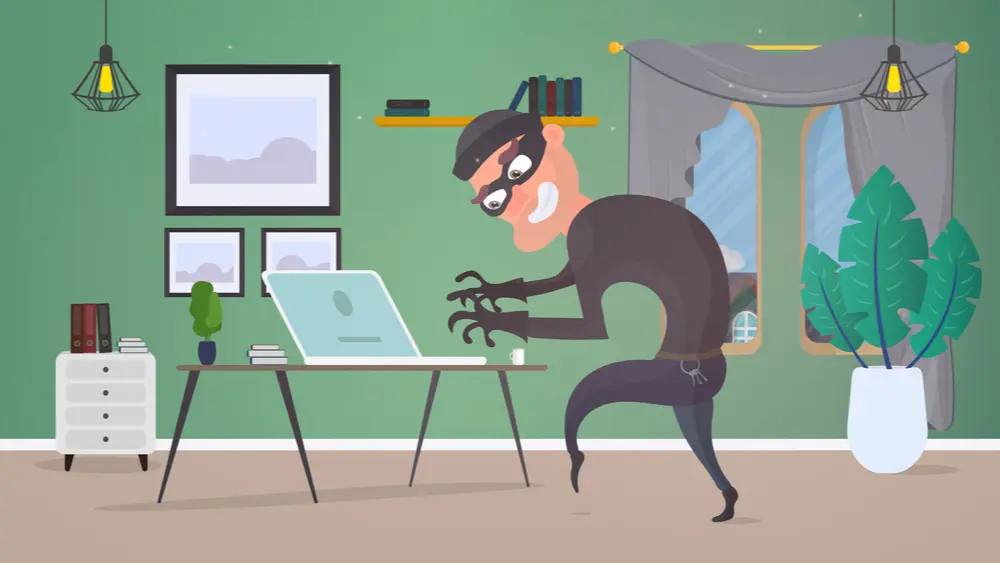Any time a major change occurs in your business, sending everyone to work from home, for example, it’s a time to consider and evaluate security. Working from home presents some unique security challenges that must be addressed to keep your data secure. Don’t be an easy target. Together, we can help put hackers out of business!

Secure Remote Access to Company Systems
If at all possible, keep your company’s information secure by ensuring company data never goes on a computer that is not professionally managed and secured. In other words, company data and systems should not be accessed by a team member’s own personal computer. There are two ways to accomplish this. The preferred method is to issue a company-owned computer that is professionally managed and secured. The next best thing is using a remote access tool like LogMeIn to access a computer at the office that is secure. The only concern with accessing any work systems from a personal computer that is not secured or managed is that there is a possibility of a keylogger being installed on a compromised computer which would give bad actors the keys to your entire system.
Secure Your Personal Computer
If you must use a personal computer with remote access to the office, these steps will help you keep it as secure as possible:
- Keep it updated. Open Windows update from time to time in Settings and check for and install the latest security updates.
- Secure your account on the computer with a strong password.
- If there are other users of the computer, setup their own non-admin accounts to reduce the likelihood that they will inadvertently invite a virus or malware.
- Lock the computer when you need to step away, even for a minute.
Secure Your Home Office Network
Securing the network is the next step. Whenever possible, an ethernet cable directly to your internet connection is preferred because you know what you’re connecting to and it cannot be eavesdropped on. If your only option is Wi-Fi, then there are some important precautions.
When it comes to securing your wireless network at home, take these simple steps to level up your wireless security game:
- Ensure that you’ve enabled the latest encryption methodology, current WPA2 and use a strong password (not Password123).
- While you’re at it, confirm that the default password has been changed on your router.
- When connecting to a wireless network at home, check your settings and ensure that you’re connecting to your own wireless network and not inadvertently connecting to a neighboring open network.
Secure Your Passwords
Use a password management tool to securely store and share passwords. No matter what type of work you do, you have to deal with a lot of passwords. Keep them all safe and secure and away from prying eyes by using a tool like LastPass. It’s free for all the functionality you’d need and you can even synchronize passwords onto your smartphone and tablet.
The New Secure Password Paradigm
When setting or resetting a password for a site, the new and most secure way to accomplish this is generating a strong, random password within LastPass and then save it in LastPass. Whenever you need to login, the password is at your fingertips in LastPass.
Don’t forget to secure our LastPass account as well! Use LastPass Authenticator to enable two-factor authentication making your LastPass account truly a vault.
Two Factor Everything
Speaking of two factor authentication, the best defense against password hacking, keyloggers, and malware is the use of two factor authentication. This system sends you a one-time code to one of your devices that you use to login. In the event that someone tries to make an unauthorized login to your account from afar, you will get a one-time code and they won’t be able to login. Whatever you do, never send that code to someone you don’t explicitly know and trust. Nobody should ask you for this code.
When to Ask for Help
Any time you are unsure, just ask the friendly tech expert in your life. Send a screen shot or forward a message. It never hurts to ask.
We’re Here to Help
We are offering CPA firms a complimentary Remote Technology Review at no charge. Schedule yours today and get all your questions about remote working technology and security answered. Schedule here.
